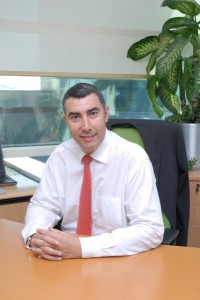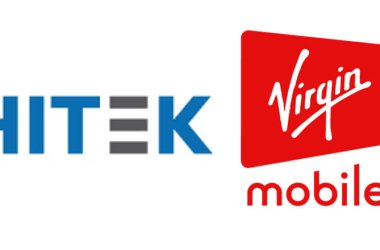
Schneider Electric representatives used the company’s Power To The Cloud event to underline the importance of smart cities, and its own Next-Generation Mission Critical IT infrastructure policy.
The policy’s aim is to use smart city technology to map where energy is being used, and distribute it according to its consumption.
Thierry Chamayou, Vice President – Middle East & Africa IT Business, Schneider Electric said: “The IT growth and the urbanisation, industrialisation and digitisation of our economies are driving high energy consumption today and this growth will continue as global economies strive to develop further. Dubai is at the heart of this growth in the Middle East. The city’s aspiration of a smart city coupled with the planned hi-tech infrastructure will make it an exemplary new age sustainable destination.
“The efficiency economy is born from the convergence of the worlds of IT and energy to link and manage all elements of the smart grid, delivering the greenest energy at the cheapest price and the desired time. It is also a time to connect by accessing smart, real time data and information, optimise and deliver across integrated systems through open platforms.”
Schneider’s Smart Grid concept maps mobile objects into a single infrastructure, allowing energy distribution to be controlled centrally.
In order to do this, it hopes to simultaneously reduce energy consumption in data centres, freeing up power to create the necessary infrastructure.
Typically, 2.2kW of energy is needed to power a 1kW server, but Schneider claims it can reduce this number to 1.3kW.
“Our data centre business is essentially becoming an infrastructure business,” said Mike Hughes, Senior Vice President, IT Business, EMEA. “This is so that we are able to effectively monitor energy consumption, to save power and money and improve efficiency. A large part of this is saving energy within our data centres.
“Typically a server rack can accommodate 3kW worth of energy. We’re aiming to get that up to 30kW by creating a data centre with lower energy consumption, where heat is not wasted on idle data.”





